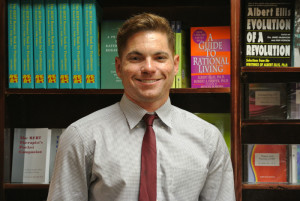by William Taboas, M.A.
It is one thing to say that you get along with your therapist, and hence, you say that you believe to have a good therapist. However, it is another thing to say that you and our therapist work well together. The prior refers to the therapeutic relationship while the latter is commonly referred as a Working Therapeutic Alliance. Edward Bordin defined a Working Therapeutic Alliance as the intersection between a client’s “reasonable side” with the therapist’s “working side”. While a positive therapeutic relationship is characterized by esteem or professional affection, a working alliance is comprised of having an agreement on tasks and goals, in addition to having a subjective bond.
Working alliance has been traditionally communicated as a psychoanalytic concept, but there is no denial that any good therapist will have a developed barometer in promoting a healthy working alliance. A common component taught in Cognitive-Behavioral Therapy is to establish an agreement on the tasks that need to happen in order to reach the client’s goals. What I have personally enjoyed about the Rational-Emotive Behavior Therapy (REBT) approach is about establishing goals within reality and within reason. Also, REBT, and third-wave CBT approaches, emphasize psychological flexibility and self-compassion in goal generation and task implementation. Establishing goals and tasks are front and center in the Cognitive-Behavioral world. But what about establishing a bond?
In my view, establishing a bond comes with time and collaboration. Bordin’s psychoanalytic writings emphasize that the interpersonal back and forth, or the transferential process, establishes a naturally occurring bond and delineates the boundaries of that bond. However, I believe any client and therapist can have an active approach in establishing that bond. Much of this comes down to collaboration and commitment. Similar to any other relationship, the degree, attitude, and effort a person brings into working together matters just as much as the tasks.

